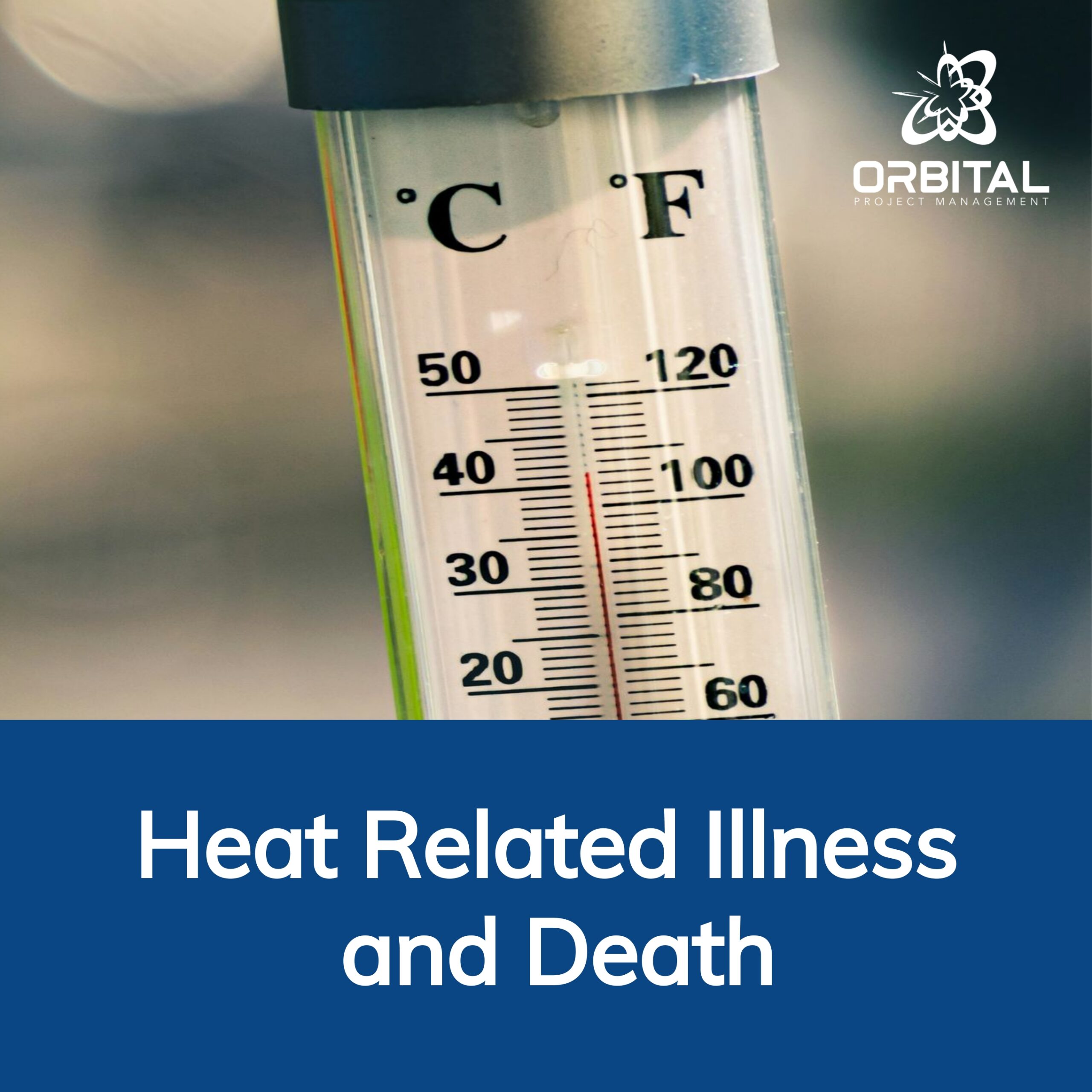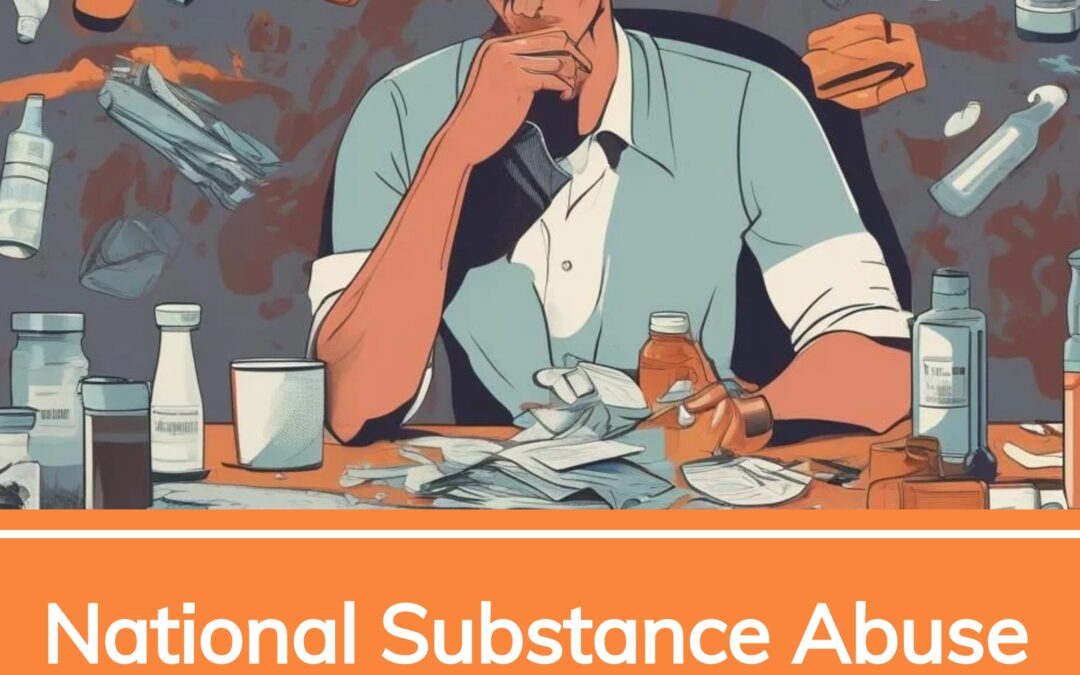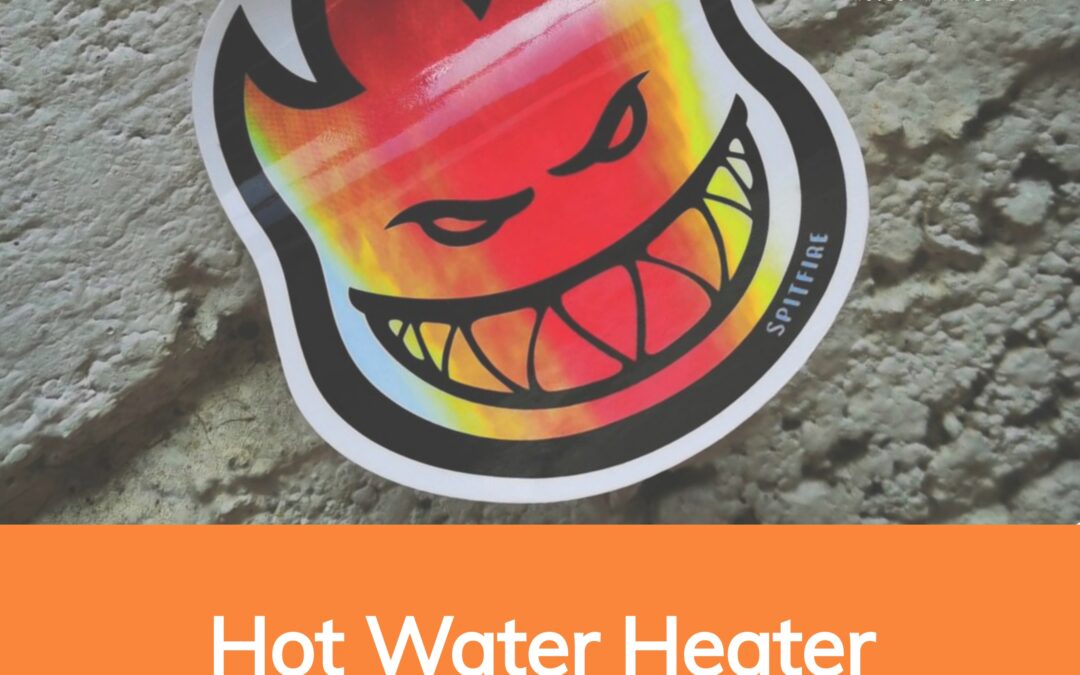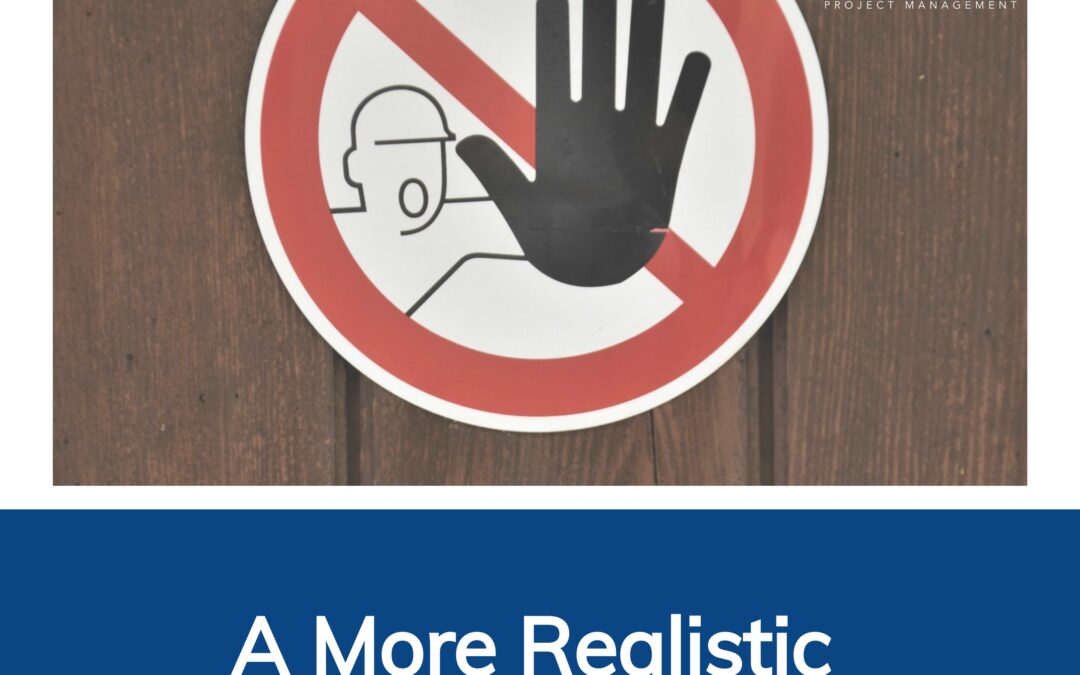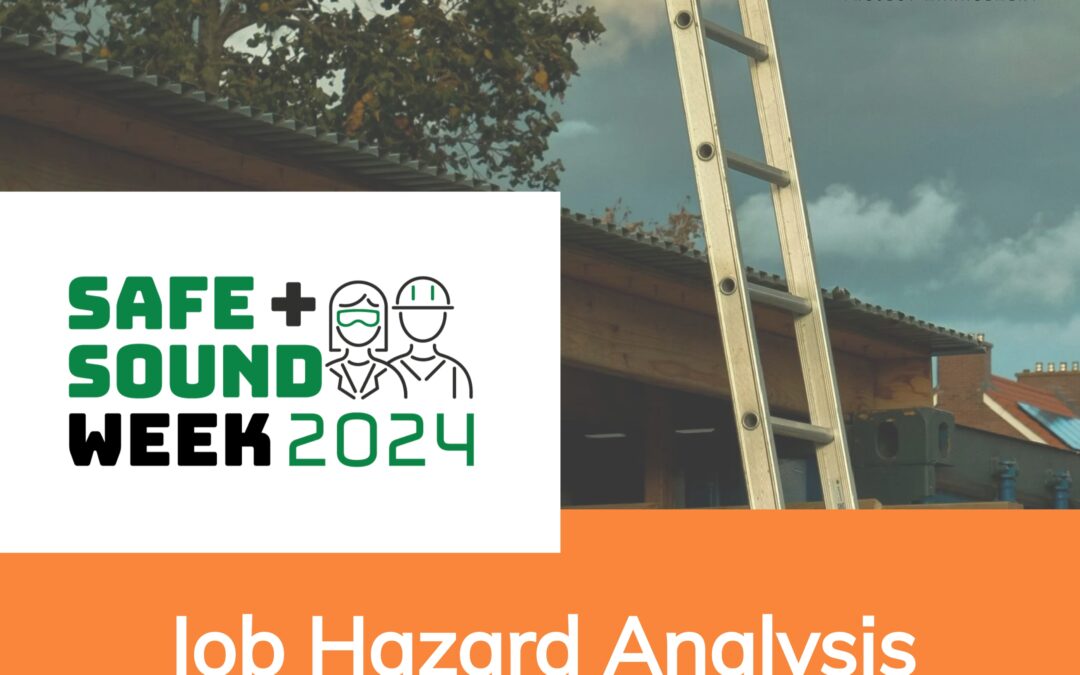by Kelly Warren, RN, BSN, STSC
With over 80 million Americans under an extreme heat advisory this week, there’s no time like the present to dive into our annual heat illness prevention training.
Death by Numbers
The CDC estimates an average of about 700 heat-related deaths in the United States each year based on decades of data. However, a lack of consensus on how deaths are reported means that many heat-related deaths go uncounted (e.g. if a person dies of organ failure caused by excessive blood clotting, but the clotting was caused by hyperthermia, then the death may be reported simply as multiple organ failure secondary to coagulopathy).
The average annual death rate also has also missed the major uptick in recent years as the average temperature has increased along with the number of days with a heat index above 90F. Recent data from the National Institutes of Health has a much more sobering statistic of just how many deaths are caused by each excessively hot day. Spoiler alert: During some years, the deaths total thousands higher than “average.”
Better to Chill Out
The human body has proven itself to have an incredible tolerance for prolonged cold and a significant drop in core body temperature. Drowning victims, especially children, who fall through the ice and spend long periods of time “dead” before being rescued and resuscitated can often survive with no long-term impacts. Why? Because cold has preservative effects on the body. It can slow the heart rate, metabolism, and body oxygen requirements to extremely low levels that couldn’t support life at normal body temperature. Along this line of thinking, some critically-ill ICU patients are chilled to hypothermic levels to preserve a chance at survival. As healthcare professionals know: You’re not dead until you’re warm and dead.
Heat, on the other hand, can be deadly within a small range above normal. Most people experience significant symptoms at a body temp of just 105F. While every individual differs on the actual temperature when signs and symptoms develop, and the mechanisms by which heat kills vary based on underlying factors and metabolism, death from excessive heat is possible for everyone.
Reading the Signs
Knowing the most common signs and symptoms of heat illness can save a life. Individuals may only have one or two of these, so it isn’t safe to determine that a person isn’t suffering from heat illness simply because he or she hasn’t vomited or lost consciousness. Always err on the side of prevention.
- Heavy sweating
- Muscle cramps
- Fatigue
- Nausea and/or vomiting
- Dizziness and/or headache
- Normal or slightly elevated body temperature
- Fainting
- Fast and weak pulse
Especially in the elderly, there may be an absence of sweating. If you attempt to have a conversation with a person who is overheated and he or she seems confused or unable to communicate clearly and rationally, assume they need immediate assistance.
In the Workplace
While supervisors and other personnel have designated responsibilities related to heat illness prevention and treatment, we should all remain vigilant about observing and reporting any issues that may arise with coworkers. Especially when using the buddy system, it is critical to communicate frequently with your assigned coworker to appropriately assess their appearance and performance and advocate for regular cooling breaks and rehydration.
Heat Illness Prevention
Agencies like Cal/OSHA provide a free online comprehensive plan template for companies to utilize as part of their heat illness prevention plan. From identifying personnel assigned to certain roles and responsibilities to specific procedures for the required provision of water, access to shade, and cooling breaks, this type of plan is an excellent resource for company-wide training and employee rights and responsibilities related to working in excessive heat.
While federal OSHA and state OSHA programs may have differing requirements for heat illness prevention, here’s a quick summary of things that are typically included:
Access to water – cool, potable water shall be readily accessible to all employees at all times when temperatures reach or exceed 80 degrees
Access to shade – open-sided tents or other shade-providing structures shall be available to workers to take preventive breaks as needed and to consume meals
Continuous weather monitoring – shall be performed by designated personnel to ensure procedures are adapted as needed as temperatures change
Emergency procedures – protocols must be followed for observing employees and initiating emergency treatment
Acclimatization period – workers who are new to high-heat work shall be observed closely for a period of 14 days while they become adjusted to the additional stress on the body
Additional Measures
Some jobsites utilize additional measures such as timed alarms that are sounded to remind all employees to take a break or consume water. For agricultural or other highly-exposed jobsites, water misters and fans may be used to improve cooling potential. Communications devices, such as walkie-talkies may also be utilized when small groups must work distant from supervisors who would typically be performing firsthand observations.
Stay Cool
It’s not just a cringe-worthy yearbook sign off.
Literally, let’s all stay cool. You know why?
You’re 2 Good
+ 2 Be
4 Gotten
Yeah, I went there.

